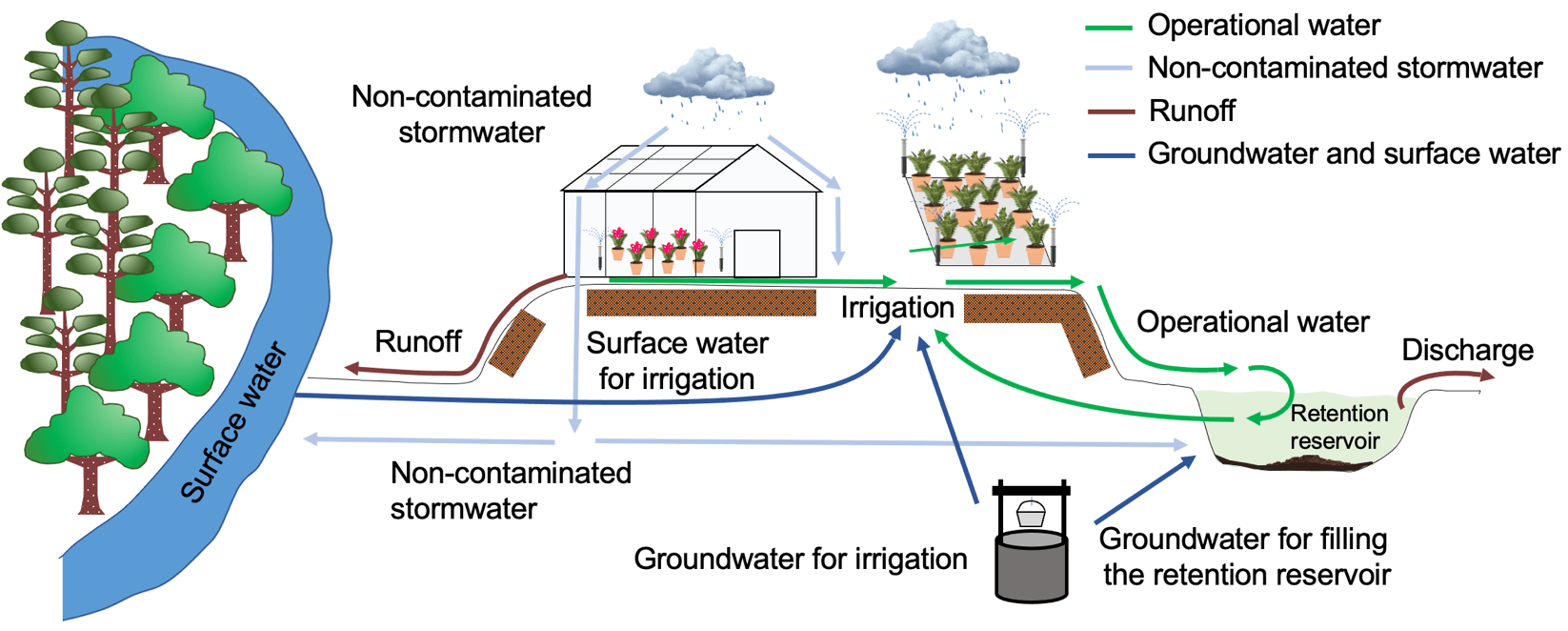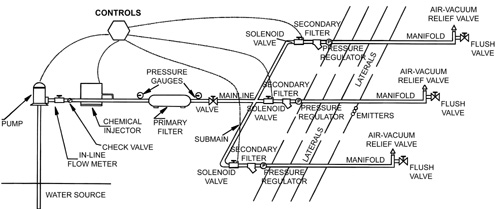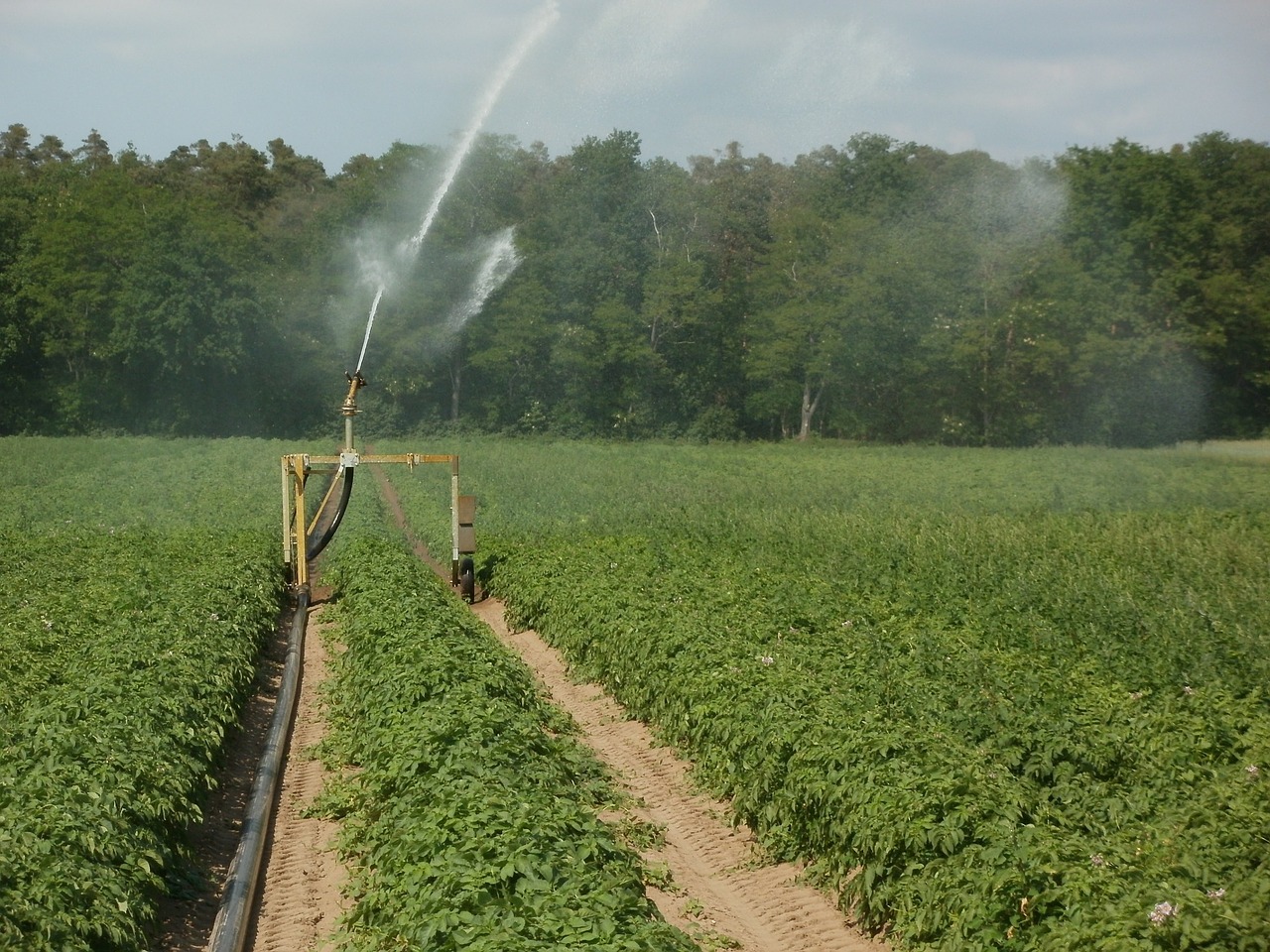This post may contain affiliate links which means I may receive a commission for purchases made through links. Learn more on my Private Policy page.
Hello there! When it comes to maximizing the efficiency and productivity of your farm, one crucial factor to consider is the sizing of your irrigation system. Properly sizing your irrigation system ensures that your crops receive the right amount of water they need to thrive, without wasting resources or causing unnecessary expenses. In this article, you will discover key considerations to keep in mind when determining the ideal size for your farm’s irrigation system. So, let’s dive in and optimize your farming practices for success! Have you ever wondered how to properly size your farm’s irrigation system to ensure maximum efficiency and yield for your crops? It’s essential to consider various factors when determining the right size for your irrigation system. In this article, we will explore key considerations to keep in mind when sizing your farm’s irrigation system. Let’s dive in!
Understanding Water Requirements for Your Crops
Before sizing your farm’s irrigation system, it’s crucial to understand the water requirements of your crops. Different crops have varying water needs based on factors such as plant type, growth stage, soil type, and climate conditions. Conduct research or consult with agricultural experts to determine the specific water requirements for the crops you are growing on your farm.
Understanding the water needs of your crops will help you calculate the irrigation application rate, which is the amount of water needed to meet the crops’ requirements. This information is critical in determining the size and output capacity of your irrigation system.
Calculating Irrigation Application Rate
To calculate the irrigation application rate for your crops, you will need to consider several factors, including crop evapotranspiration (ET), soil type and texture, crop spacing, and local weather conditions. Crop evapotranspiration is the sum of water lost through evaporation from the soil and transpiration from the plants.
You can use tools such as the crop coefficient method or the reference evapotranspiration (ET0) method to estimate crop water requirements. These methods consider factors such as crop type, growth stage, and local weather data to provide accurate irrigation scheduling and application rates.

Determining System Capacity and Flow Rate
Once you have calculated the irrigation application rate for your crops, the next step is to determine the capacity and flow rate of your irrigation system. The system capacity refers to the total amount of water the irrigation system can deliver over a specified period, typically measured in gallons per minute (GPM) or cubic meters per hour (m3/h).
The flow rate of your irrigation system will depend on factors such as the number and type of irrigation zones, the size of the water source (e.g., well, reservoir, canal), and the type of irrigation equipment (e.g., sprinklers, drip emitters). It’s crucial to choose an irrigation system with a flow rate that can meet the water requirements of your crops and provide uniform coverage across your fields.
Selecting the Right Irrigation System Design
Choosing the appropriate irrigation system design is essential for maximizing water efficiency and crop yield on your farm. Several types of irrigation systems are available, each with its advantages and limitations. The most common types of irrigation systems include:
- Sprinkler Irrigation: Ideal for large fields with uniform crop spacing, sprinkler systems use overhead sprinklers to deliver water to crops.
- Drip Irrigation: Suitable for row crops, orchards, and vineyards, drip irrigation systems deliver water directly to the base of plants, reducing water wastage and evaporation.
- Center Pivot Irrigation: Commonly used for large-scale agriculture, center pivot systems rotate around a central pivot point, providing uniform irrigation coverage.
Consider factors such as crop type, field topography, soil type, and water availability when selecting the right irrigation system design for your farm.

Evaluating Water Source and Delivery Method
The source of water for your irrigation system and the delivery method are crucial considerations when sizing your farm’s irrigation system. Ensure that your water source (e.g., well, pond, river) can provide a sufficient and reliable supply of water throughout the growing season.
If using a well as your water source, calculate the well’s pumping capacity and the dynamic water level to determine the maximum flow rate your irrigation system can handle. Consider investing in water storage tanks or reservoirs to ensure a consistent water supply, especially during dry periods or peak irrigation times.
Incorporating Water Efficiency Practices
Implementing water efficiency practices is essential for conserving water and optimizing the performance of your farm’s irrigation system. Consider the following strategies to improve water efficiency on your farm:
- Implementing soil moisture sensors to monitor soil moisture levels and adjust irrigation schedules accordingly.
- Utilizing mulch and cover crops to reduce evaporation, suppress weed growth, and improve soil water retention.
- Employing irrigation scheduling tools and technologies to optimize water application rates and minimize water wastage.
- Conducting regular maintenance and inspections of your irrigation system to detect leaks, clogs, or malfunctions that may affect water efficiency.
By incorporating water efficiency practices into your irrigation system, you can reduce water usage, lower operational costs, and achieve sustainable crop production on your farm.

Considering Climate Conditions and Seasonal Variations
Climate conditions and seasonal variations play a significant role in determining the size and design of your farm’s irrigation system. Factors such as temperature, humidity, wind speed, and precipitation levels can impact crop water requirements and irrigation scheduling.
In regions with hot and dry climates, crops may require more frequent irrigation to meet their water needs. Conversely, in regions with cooler climates or higher precipitation levels, crops may require less irrigation. Adjust your irrigation system design and scheduling to accommodate seasonal variations and ensure optimal water management throughout the year.
Consultation and Professional Assistance
Sizing and designing an irrigation system for your farm can be a complex and challenging process. Consider seeking consultation and professional assistance from agricultural engineers, irrigation specialists, or extension agents to help you analyze your farm’s water requirements, select the right irrigation system design, and optimize water efficiency practices.
These experts can provide valuable insights, recommendations, and technical support to ensure that your irrigation system meets the needs of your crops and maximizes water savings on your farm. Don’t hesitate to reach out to professionals in the field of irrigation to guide you through the sizing process and help you achieve success in your agricultural endeavors.
In conclusion, sizing your farm’s irrigation system requires careful consideration of various factors, including crop water requirements, irrigation application rates, system capacity, and water efficiency practices. By understanding these key considerations and incorporating them into your irrigation system design, you can enhance crop yield, conserve water resources, and promote sustainable farming practices on your farm. Remember to seek professional assistance and consult with experts in irrigation to ensure that your system is optimized for efficiency and productivity. Happy farming!

This post may contain affiliate links which means I may receive a commission for purchases made through links. Learn more on my Private Policy page.
